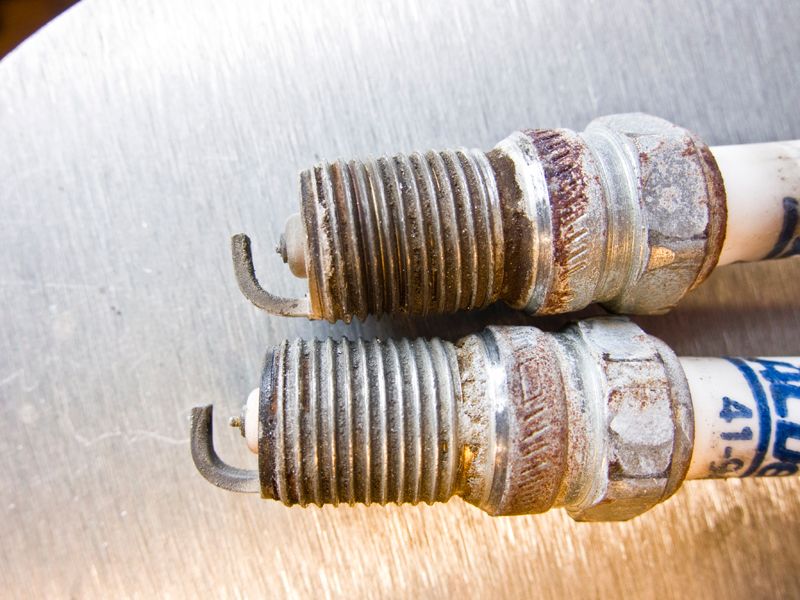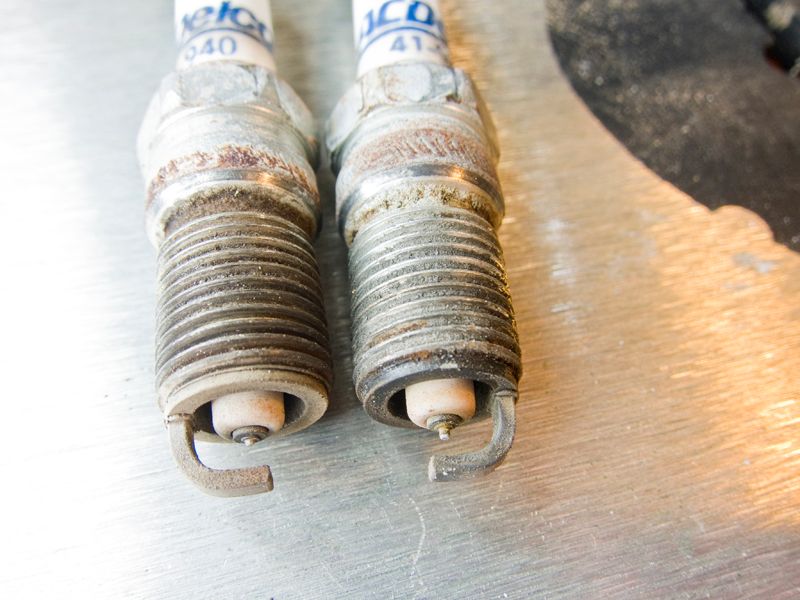I went back and re-read your post about the vacuum gauge readings. That to me isn't entirely an accurate test.
I like to plumb a pressure gauge in the O2 sensor port and measure that way. Diagnostic methods vary, but the way that has served me well so far is to install the gauge and start the engine. Give the throttle a couple of soft whacks. If you see 4 or 5 psi you've likely found your problem. If that's inconclusive, I'll rev it hard two or three times back to back. Bad cats will give 6+ psi back pressure. We had one in the old shop I worked at that was so bad it pegged a 15lb gauge and stuck it there! That's why I start off easy now. That car struggled to achieve 40mph.
In fact, we've got an 06 Kia Spectra at the shop now, awaiting authorization to repair. It came in with lackluster acceleration and power. I suspected a bad cat and investigated. First clues were visual. Melted tape on a wire harness in front of the pre-cat. Next was the intermediate pipe/flex pipe that went back to the secondary cat- it was drooping down. It got so hot, it drooped! Pulled the upstream O2 and was able to see the catalyst in the pre cat seemed fine. Back pressure test at the down stream O2 showed 0-1 psi at idle, 2-3 at around 2500 rpm and 12psi when revving hard. Yup, we've got a problem. Called for permission to tear the pipe off so I can verify it's the cat and not the muffler and found the media was broken and blocking the converter.
I like to plumb a pressure gauge in the O2 sensor port and measure that way. Diagnostic methods vary, but the way that has served me well so far is to install the gauge and start the engine. Give the throttle a couple of soft whacks. If you see 4 or 5 psi you've likely found your problem. If that's inconclusive, I'll rev it hard two or three times back to back. Bad cats will give 6+ psi back pressure. We had one in the old shop I worked at that was so bad it pegged a 15lb gauge and stuck it there! That's why I start off easy now. That car struggled to achieve 40mph.
In fact, we've got an 06 Kia Spectra at the shop now, awaiting authorization to repair. It came in with lackluster acceleration and power. I suspected a bad cat and investigated. First clues were visual. Melted tape on a wire harness in front of the pre-cat. Next was the intermediate pipe/flex pipe that went back to the secondary cat- it was drooping down. It got so hot, it drooped! Pulled the upstream O2 and was able to see the catalyst in the pre cat seemed fine. Back pressure test at the down stream O2 showed 0-1 psi at idle, 2-3 at around 2500 rpm and 12psi when revving hard. Yup, we've got a problem. Called for permission to tear the pipe off so I can verify it's the cat and not the muffler and found the media was broken and blocking the converter.


